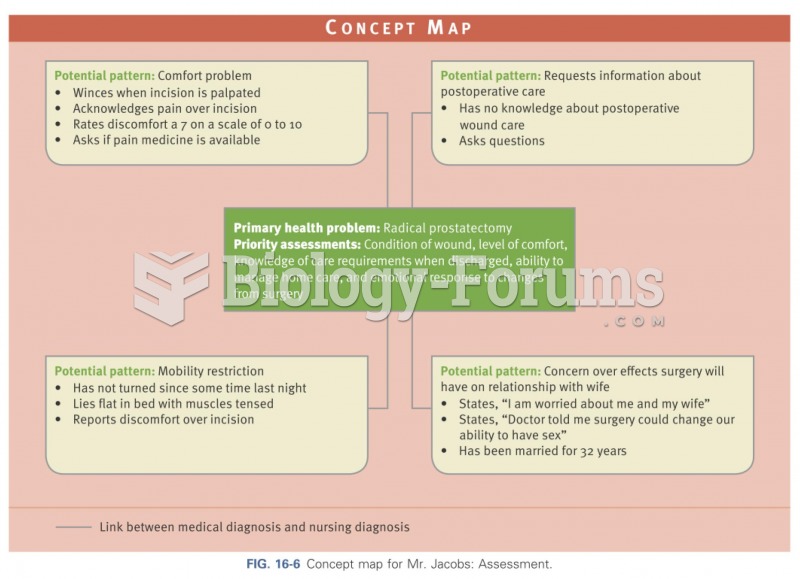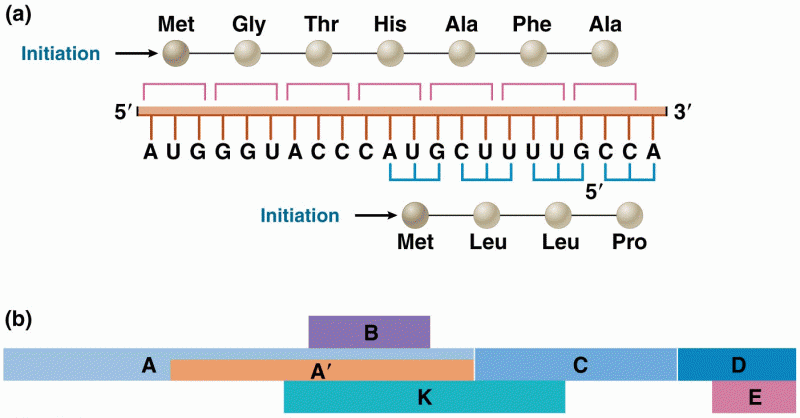Answer to Question 1
- Early theories of gender assumed a mutually exclusive view: that people have a gender-role identity that is either primarily masculine or primarily feminine and that masculinity and femininity are at opposite ends of a one-dimensional gender scale. If you were to complete a test measuring your gender identity based on this view, your score would place you somewhere along a single scale, either more toward the masculine or more toward the feminine end of the scale.
- During the 1970s, psychologists proposed a groundbreaking two-dimensional model of gender. This approach allowed for the possibility that gender is not an either-or proposition but that people may manifest elements of both genders. This two-dimensional view of gender measures people on two separate scales, one for masculinity and one for femininity. Instead of being either masculine or feminine, a person can rate high on both masculinity and femininity. This may not sound very surprising to you now, but at the time it was revolutionary. One of the leading figures in gender research, Sandra Bem, described people who perceive themselves as having both strong masculine and feminine traits as androgynous (from andro, meaning male or masculine, and gyn, meaning female or feminine).
- Bem was not simply theorizing a new way of looking at gender, but was also suggesting that some advantages might exist for people who are less strongly sex-typed and more able to behave in either masculine or feminine ways, depending on the situation. In her article, Bem developed a new instrument for measuring gender that incorporated her two-dimensional approach. The Bem Sex-Role Inventory contains a list of 60 characteristics that are masculine (e.g., acts as leader, ambitious, assertive, dominant, independent, self-reliant, willing to take risks), feminine (e.g., affectionate, childlike, sympathetic, understanding, yielding, shy), or gender-neutral (e.g., adaptable, conscientious, friendly, reliable, truthful, adaptable) on which people can rate themselves on a 7-point scale. By examining the differences among the feminine, masculine, and gender-neutral scores, a person can determine his or her degree of masculine, feminine, or androgynous gender identity.
- A great deal of research was generated by the new conceptualization of gender as two-dimensional, allowing for the existence of androgyny in addition to the traditional divisions of masculine and feminine. Prior to the 1970s, the prevailing belief was that people would be most well-adjusted in life if their gender matched their sex. That is, boys and men should display masculine attitudes and behaviors, and girls and women should display feminine attitudes and behaviors. However, the recognition of androgyny shifted this focus.
- Studies began to show that people who are more androgynous appear to be happier and better adjusted than those who are strongly sex-typed. Other research has suggested that androgynous individuals have greater success in heterosexual intimate relationships, probably because of their greater ability to understand and accept each other's differences and needs than couples in which the man is highly masculine and the woman is highly feminine. More recent research has revealed that people with the most positive traits of androgyny tend to be psychologically healthier and happier overall.
- The basic theory of androgyny as developed by Bem and others has undergone various changes and refinements over the years. One finding has been that what are seen as masculine, feminine, and, therefore, androgynous characteristics vary across cultures. Therefore, Bem's original methods of measuring androgyny may not apply to other diverse cultures such as India, Taiwan, or Turkey, and may need to be adapted or reconceptualized to retain validity when used for research in diverse cultures.
- Numerous researchers have suggested that the psychological advantages experienced by people who score high in androgyny may be due more to the presence of masculine traits than to a balance between male and female characteristics.
Answer to Question 2
- Parents' assumptions about the gender of their children are reflected in how the parents treat and interact with their sons and daughters and how their children behave in response. Studies have shown that parents describe their infants in different ways, depending on the sex of the baby. Parents tend to describe their newborn girls as soft, fine-featured, petite, delicate, and beautiful and their boys as strong, big, and determined. They also describe infant girls as little, beautiful, pretty, cute, and resembling their mothers but describe their infant sons primarily as big.
- The number and strength of gender-based attributions made by parents appear to be decreasing as people have become more educated about gender issues and as fathers, especially stay-at-home dads, play a larger role in the birthing and parenting process. Nevertheless, parental expectations of their infants based on the baby's gender persist.
- In part, children are directed into gender-appropriate activities and attitudes throughout childhood by the choices parents make for toys, room dcor, and clothing the child wears. Perhaps even more important, children are rewarded by the subtle or not-so-subtle reactions of parents and others to the children's behaviors. Most parents are uncomfortable if their child engages in activities and behaviors that are gender-inappropriate. Parents and other important individuals in a child's life reward behaviors that conform to gender expectations and either withhold rewards for or punish behaviors that appear to violate those expectations.
- Mothers tend to interact with greater emotional warmth and responsiveness with girls but encourage greater independence in boys. Fathers typically spend more time and engage in more physical activity with their sons than with their daughters. This parental influence on children's gender development continues throughout childhood. Among school-age children, many parents maintain a distorted perception of their children's academic skills based on gender. As children grow up, these childhood gender-based experiences cause males and females to pursue different educational and professional paths, further reinforcing cultural gender stereotypes.







